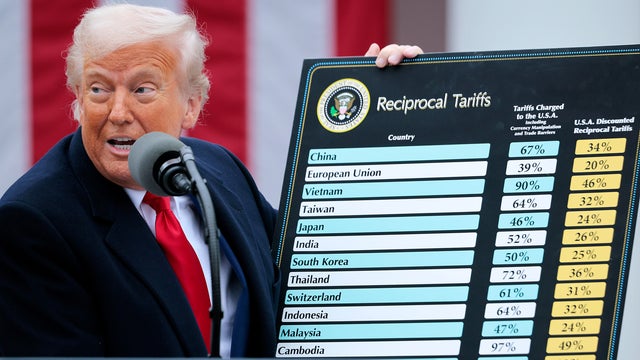

No response returned

last week and they are likely to continue to fall in the weeks ahead.
With a all but a certainty now (the dispute lies over how much the central bank will cut, not if), homebuyers who have been sitting on the sidelines may want to prepare to re-enter the market. But with the at 6.50% for 30-year terms, rates are far from where they were a few years ago, when many buyers locked in rates in the 3% range (or lower). And a cut when the Fed finishes its next meeting on September 17 will likely have a minimal impact on rates, even if it will help push them down overall.
Fortunately, there are multiple ways in which buyers can secure below-average rates. An (ARM) is one of them. With this unique loan structure, buyers secure a lower-than-average rate right now before it adjusts to a new one in a few years. While this can be risky for some buyers, others may find it to be the perfect way to exploit today's cooling mortgage rate environment. But is it worth pursuing this September? Below, we'll break down three big reasons why it may be.
.
, an adjustable-rate mortgage doesn't mean that your rate will constantly change. In fact, it may not change for multiple years. It just won't be the same one for the full 15- or 30-year mortgage you'd receive with a traditional loan. But that could be suitable for borrowers right now. Here's why it makes sense for many this September:
The average mortgage interest rate currently is 6.50% for fixed 30-year terms, according to . But ARM rates are materially lower. A 7/1 ARM rate, in which the rate remains the same for the first seven years and then adjusts once per year after, is now just 5.97% according to . For a 10/1 ARM, the rate moves to 6.18%, which is higher but still materially lower than those associated with 30-year terms. And, again, these rates aren't going to change overnight or even monthly. They're fixed for borrowers for that initial period, allowing them to budget with certainty at a lower cost.
.
A lot can change in one year, let alone seven or 10. By choosing an adjustable-rate mortgage now, then, you'll have the time to better gauge the market for cost savings opportunities. And you'll be able to do so while and paying down your mortgage at a lower cost all at the same time. Then, after those seven or 10 years have elapsed, you'll have a better idea of where mortgage rates stand – and where your budget applies.
Sure, mortgage interest rates look like they're about to start a new, downward trend. And maybe they are. But that's also what it looked like last September, when before rising again in the months that followed. That opened and closed a window of opportunity for buyers and owners looking to refinance in a relatively short period. With an adjustable-rate mortgage secured now, however, you'll be protected against any short-term volatility still to come. And, if rates ultimately stabilize at a low enough point in the future, you can always consider into a fixed rate option then.
An adjustable-rate mortgage isn't the right fit for all or even most homebuyers. But if you're one of those looking for the lowest rate available now, willing to revisit your rate in seven or 10 years, and want to protect against volatility while better analyzing the market, this unique mortgage type could make sense for you. Just be sure that you clearly understand the terms and costs of your mortgage before formally locking it in to truly determine long-term affordability.





